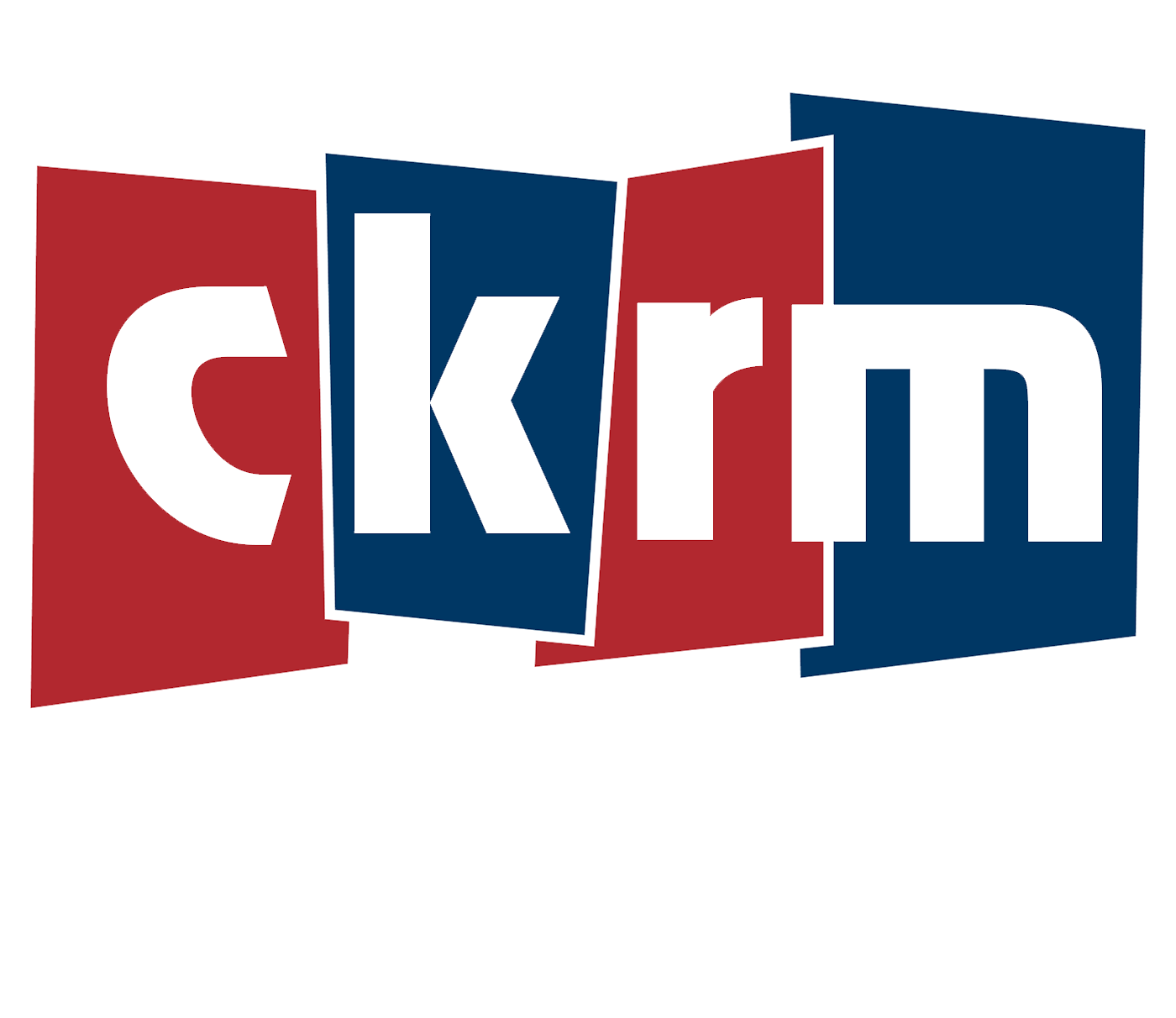Higher gasoline prices drove Canada’s inflation rate to 4.0 per cent in August, making it the second month in a row inflation has risen.
Statistics Canada released its consumer price index report Tuesday, which shows the annual rate rose from 3.3 per cent in July.
Saskatchewan saw inflation jump a bit, with the rate going up to 4.4 percent in August, compared to 3 percent in July.
In the cities Regina climbed to 4.6 per cent from 3.1.
Saskatoon climbed as well from an inflation rate of 3.8 percent in July to 5.1 per cent in August.
Economists widely expected this uptick in inflation and anticipate slower progress on getting price growth down over the next few months.
On a monthly basis, though, prices rose at a slower pace in August compared with July, largely due to lower prices for travel tours and air transportation.
Grocery prices are also rising at a slower annual pace, rising 6.9 per cent from a year ago compared with a reading of 8.5 per cent last month.
Meanwhile, grocery prices fell by 0.4 per cent between July and August.
Higher grocery prices have been a major pain point for Canadian families, particularly those with lower incomes who spend a larger share of their earnings on food.
Industry Minister Francois-Philippe Champagne met with the top executives of Canada’s major grocery chains on Monday to discuss measures to stabilize prices.
After the meeting, Champagne said the grocers agreed to work with the federal government, but few details were provided on how prices could be stabilized.
Meanwhile, the Bank of Canada will be paying close attention to Tuesday’s inflation figures.
Earlier this month, it decided to hold its key interest rate steady earlier this month as the economy slows.
But the central bank said it expects inflation to remain stubbornly high and to even rise in the short-term.
Tuesday’s report shows the Bank of Canada’s preferred measures of inflation — which strip out volatility — accelerated last month.








